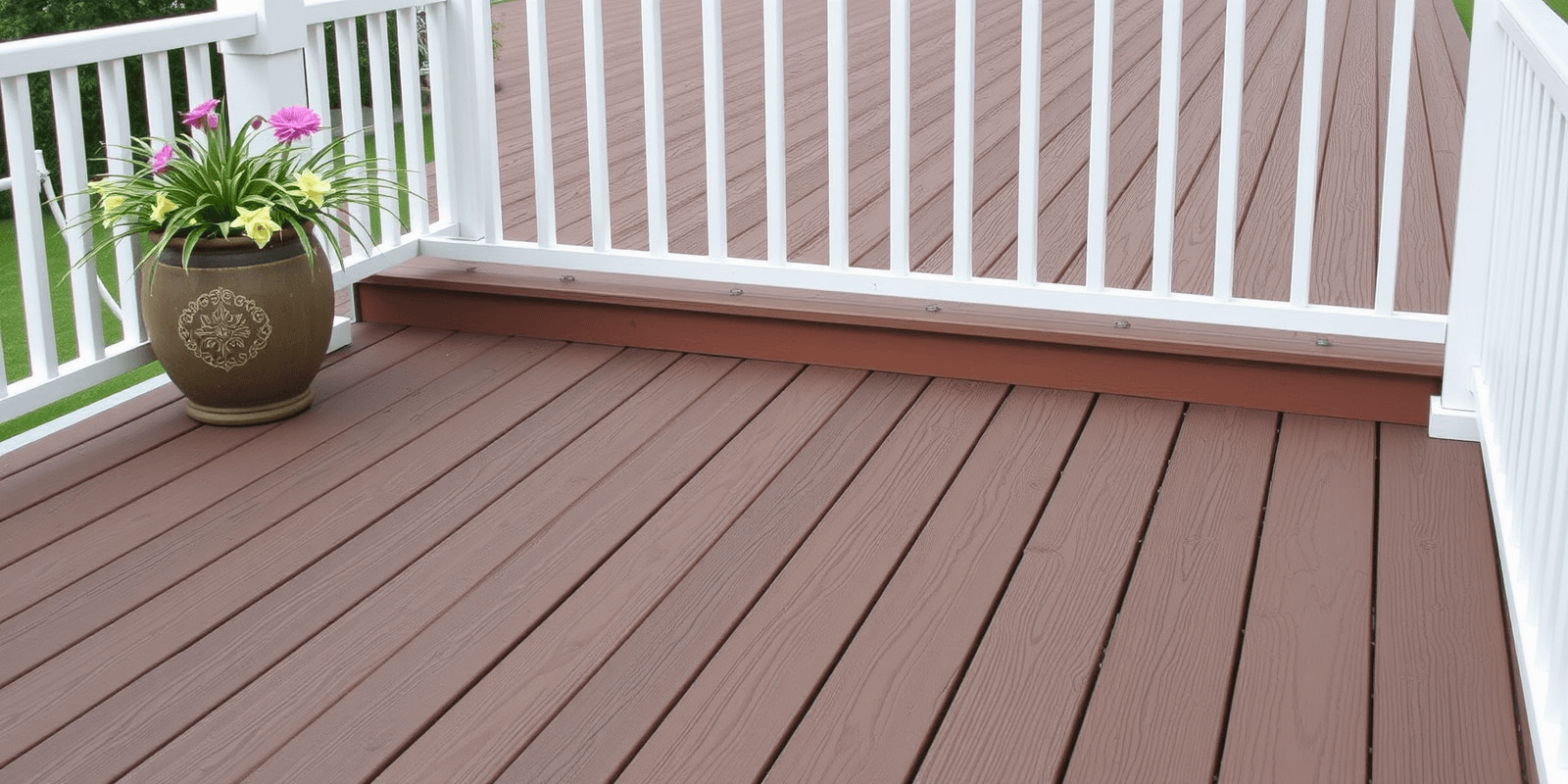The Environmental Benefits of Composite Decking Material
Introduction to Composite Decking Material
Composite decking material has emerged as a sustainable alternative to traditional wood decking. This innovative product is crafted from a blend of recycled plastic and wood fibers, effectively reducing waste and conserving natural resources. Unlike traditional wood, which requires ongoing maintenance and can lead to deforestation, composite decking offers a durable, low-maintenance solution that minimizes environmental impact. In this article, we will explore the benefits of composite decking, compare its environmental footprint with that of traditional wood decking, and examine initiatives taken by manufacturers to enhance sustainability.
How Composite Decking Material is Made
Composite decking is manufactured using a combination of recycled plastic (such as high-density polyethylene) and wood fibers. The process begins with collecting and processing plastic waste, such as milk jugs and detergent bottles, which are then mixed with wood fibers. This mixture is heated, molded, and cooled to create durable composite boards. The resulting product is resistant to moisture, insects, and rot, making it a long-lasting option for outdoor spaces. By utilizing recycled materials, composite decking significantly reduces waste and conserves natural resources, contributing to a more sustainable future.
Environmental Footprint Comparison
When comparing the environmental footprint of composite decking to traditional wood, several key factors come into play. Traditional wood decking often requires cutting down trees, which contributes to deforestation and loss of biodiversity. In contrast, composite decking uses recycled materials, reducing the demand for new timber and preserving forests. Additionally, composite decking’s durability means it lasts longer than wood, reducing the frequency of replacement and further minimizing environmental impact. While some argue that the production of composite decking may require more energy due to the manufacturing process, studies have shown that the overall lifecycle impact is lower when considering the reduction in resource consumption and waste generation.
Sustainability Initiatives by Manufacturers
To enhance sustainability, many composite decking manufacturers have implemented various initiatives. For instance, some companies use post-consumer recycled plastic, diverting waste from landfills and oceans. Others focus on sustainable sourcing of wood fibers, ensuring that their products come from responsibly managed forests. Furthermore, advancements in manufacturing techniques have led to the development of more eco-friendly production processes, reducing energy consumption and emissions. These efforts not only contribute to a greener planet but also appeal to environmentally conscious consumers.
Conclusion
Composite decking material presents a compelling case for sustainable building practices. By combining recycled plastic and wood fibers, it offers a durable, low-maintenance alternative to traditional wood decking. Its reduced environmental footprint, coupled with ongoing sustainability initiatives by manufacturers, positions composite decking as a responsible choice for outdoor living spaces. As awareness of environmental issues grows, the adoption of composite decking is likely to increase, paving the way for a more sustainable future in construction and design.
Reference
National Electrical Manufacturers Association, Deck Research Institute, U.S. Environmental Protection Agency.



